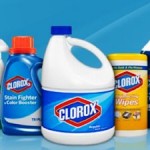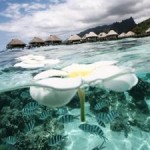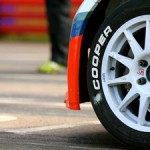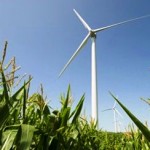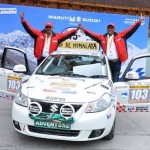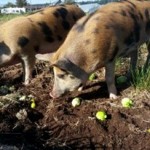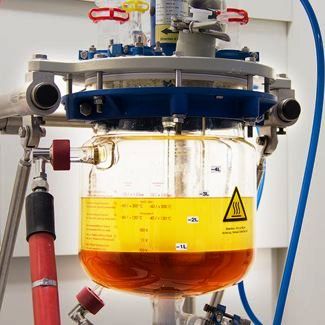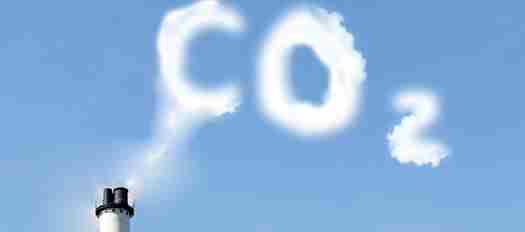“Imagine you want to bring drops of blood or water or any liquid to a certain location,” Megaridis explains. “Just like a highway, the road is the strip for the liquid to travel down, and it ends up collecting in a fluid storage tank on the surface.” The storage tank could hold a reactive agent. Medical personnel could use the disposable strips to field-test water samples for E. coli, for example.
Devices such as these – created in engineering labs – are now working their way to the marketplace.
Water, Water in the Air
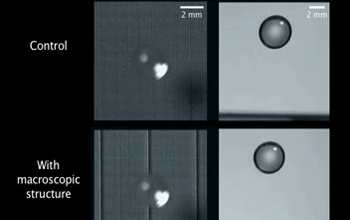
NBD Nanotechnologies, a Boston-based company funded by NSF’s Small Business Technology Transfer program, aims to scale up the durability and functionality of surface coatings for industrial use.
One of the most impactful applications for superhydrophobic or hydrophobic research is improved condensation efficiency. When water vapour condenses to a liquid, it typically forms a film. That film is a barrier between the vapour and the surface, making it more difficult for other droplets to form. If that film can be prevented by whisking away droplets immediately after they condense – say, with a superhydrophobic surface – the rate of condensation increases.
Condensers are everywhere. They’re in your refrigerator, car and air conditioner. More efficient condensation would let all this equipment function with less energy. Better efficiency is especially important in places where large-scale cooling is paramount, such as power plants.
“NBD makes more durable coatings that span large surface areas,” says NBD Nanotechnologies Senior Scientist Sara Beaini. “Durability is an important factor, because when you’re working on the micro level you depend on having a pristine surface structure. Any mechanical or chemical abrasion that distorts the surface structures can significantly reduce or eliminate the advantageous surface properties quickly.”
NBD, which stands for Namib Beetle Design, has partnered with Megaridis and others to improve durability, the main challenge in commercializing superhydrophobic research. Power plant condensers with durable hydrophobic or superhydrophobic coatings could be more efficient. And with water and energy shortages looming, partnerships such as theirs that help to transfer this breakthrough from the lab to the outside world are increasingly valuable.
Other groups have applied hydrophobic patterning methods in clever ways.
Kripa Varanasi, mechanical engineer at MIT and NSF CAREER awardee, has applied superhydrophobic coatings to metal, ceramics and glass, including the insides of ketchup bottles. Julie Crockett and Daniel Maynes at Brigham Young University developed extreme waterproofing by etching microscopic ridges or posts onto CD-sized wafers.
With all these cross-country efforts, many are optimistic for a future where people in dry areas can harvest fresh water from a morning wind, and lower their energy needs dramatically.
“If someone comes up with a really cheap solution, then applications are waiting,” said Rajesh Mehta, NSF Small Business Innovation Research/Small Business Technology Transfer program director.
Source: NSF.

